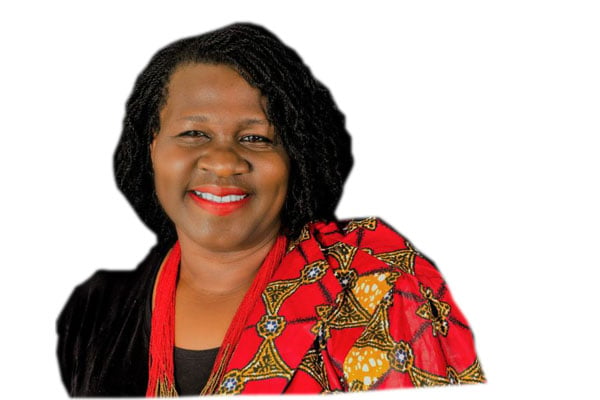Female journalists abandoning newsrooms; here is how to fix it

What you need to know:
Reasons; Poor pay. It is unbelievable that in this day and age, in some newsrooms, journalists are still being paid Shs5,000per story or less. Although the cost of living keeps shooting up, in most newsrooms, journalists’ pay has remained the same for years
Last month, I was invited to attend a women’s and media symposium at one of the hotels in Kampala. When I entered the room, the event hadn’t started, so I looked around in search of familiar female journalists to say hello. To my surprise, there were only three of us, and we exchanged greetings, we asked each other the same question. Where were others that we knew?
Truth of the matter is; most of the female journalists in the room were new and younger. I thought maybe they were running late, and anytime soon, they would walk into the room. But behold, by the close of the meeting, I could only recognize nine of them. One may conclude that those I expected to see were not invited for this particular event, you’re probably right.
However, as the day’s deliberations went on, discussing matters like; questioning the visibility of women in media; representation, online gender-based violence (OGBV) and regulation among others, the issue of poor retention of female journalists’ in Uganda’s newsrooms was an issue of concern among different speakers,
One journalist made an important observation. She remarked that our universities, journalism/mass communication classes have more female students than males. But few end up in the newsrooms, and in less than 10 years, many of those have fled.
Reasons; Poor pay. It is unbelievable that in this day and age, in some newsrooms, journalists are still being paid Shs5,000per story or less. Although the cost of living keeps shooting up, in most newsrooms, journalists’ pay has remained the same for years. How is a journalist earning below Shs 500,000 a month, especially freelance journalists,supposed to pay any bills sustainably in this tough economy, or send their children to good schools? I have seen journalists who become ill, have no penny to pay the bills, and have to rely on the good will of others, after all, many don’t have health insurance.
Second; lack of empathy. A female journalist revealed that when she became pregnant, she still worked tirelessly as expected until it was time to go for maternity leave. But when she gave birth, none of her bosses called to congratulate her. But warnings were coming through that should she overstay her maternity leave, she would be replaced. She right away made a decision to abandon active journalism.
The human resource manual may not state anywhere that when an employee falls sick, or a female one gives birth, her supervisor(s) should call or visit her. But it is only human to do so. It shows you care about your junior employee, and such small acts can motivate them to return to work. You may not call to congratulate her, but let her enjoy her maternity leave fully. It is her right. Article 40 (4) of the Constitution of Uganda says female employees are entitled to 60 working days of fully paid maternity leave. Other problems that have forced female journalists kiss the newsrooms goodbye include; late working hours, lack of growth opportunities and sexual harassment. These will be discussed another day.
Despite the challenges, we cannot downplay the gains made in the profession. There has been slightly more women entering the profession compared to decades ago, more women are taking on leadership positions in the newsroom, and many can express their views.
However, more needs to be done not only to attract more women into newsrooms, but retain them. Because when those experienced leave, it deprives young ones of potential mentors, chances of having more women in leadership positions diminish, and the profession is likely to remain male-dominated for so long.
How to fix it. There is a need to improve journalists’ pay, flexibility in working hours especially for new mothers, and newsrooms need to get rid of biases towards women in the media.
Additionally, newsrooms need to practice what they preach in their stories on making the workplace good for women, by for instance providing nursing rooms and psychosocial support. For women in the media with influence, they need to mentor and uplift other female journalists.
Media owners and managers need to find creative ways of addressing problems pushing women out of newsrooms, and acknowledging that there is a problem is the starting point.
Otherwise, kudos to Uganda Media Women’s Association (UMWA) for organizing such spaces where women journalists can freely express their views, but also awarding outstanding women in the media.
Vivian Agaba, Journalist, writer, and communications specialist.




